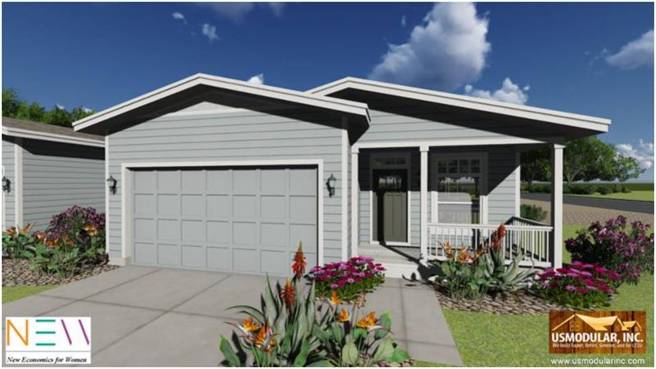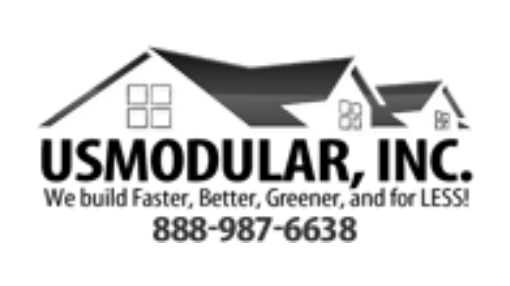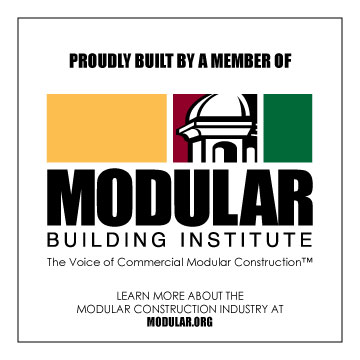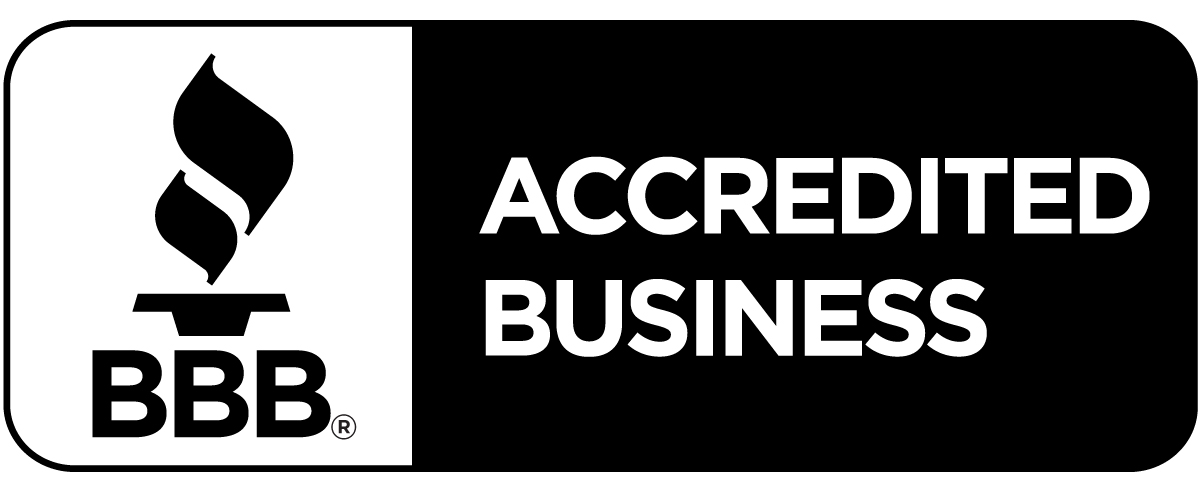If you, a neighbor, a family member, or a friend has been a victim of the Redwood Complex Fire of 2017 in Redwood Valley, then we would like to offer some tips on rebuilding a new home in Redwood Valley, CA. Losing a home is a tragic event and rebuilding a fire resistant home as fast as possible will help to get your life back in order.
We’d like to help you understand the following critical things that can have a huge impact on your future and your new home:
- What is your best option for getting moved into your rebuilt home in Redwood Valley with as little delay as possible so you can avoid being displaced longer than necessary? There are newer construction techniques now available in Redwood Valley that will shave months off of your rebuild and we want you to know what they are. Imagine being in a new home in as little as 120 days…this is now not only possible but common with this newer design technique…and with zero sacrifice in quality.
- What new advances in construction techniques can help protect your home from future fire damage? Some simple changes can be the difference between you losing your home or the home surviving a wildfire.
Before Building a New Home in Redwood Valley, you Should Consider the Following Information to expedite the Construction of your new home and to Avoid mistakes that can cause you unnecessary Time and $$:
- Build a Prefabricated Home – There are 2 types of prefabricated homes available that can be built to meet the Fire Code established by local Fire officials (Mobile and Manufactured) . Many local building departments will work with experienced General Contractors to fast track the permit process to help victims of the Redwood Complex Fires of 2017 in Redwood Valley get back in their homes as soon as possible. Rebuilding with a Prefabricated Home (Modular or Manufactured) in addition to the local building department waivers will significantly minimize the disruption of lives caused by the Redwood Complex Fires of 2017 in Redwood Valley:
- Modular Homes are built to local building code. Built with same materials and finishes as every other site built home and they are financed, appraised and sold same as a site built home. There are many predesigned floor plans available that will expedite the planning, permitting and construction process.
- Manufactured Homes are built to Federal Code. These homes are faster to build as they are preapproved to build by Federal Government. Manufactured Homes are well built and have hundreds of floor plans and finish options to choose. To help obtain financing and to take on the appearance of every other home in a residential neighborhoods we recommend these homes be built on a permanent foundation.

2.Defensible Fire Area Surrounding New Home – When designing your new home – follow local fire department guidelines to design a defensible space between your new home and neighbors homes and create space between home and vegetation that is highly flammable.
3.Fire Resistant Exteriors – Use stucco, masonry, and/ or cement-fiber board on exterior as these are fire resistant.
4.Windows – For exterior windows, window walls, glazed doors, and glazed openings within exterior doors use insulating-glass (dual-glazed) units with a minimum of one tempered pane, or glass block units, or have a fire-resistance rating of not less than 20 minutes. For vinyl window frames make sure that you use frames with welded corners to prevent glass from falling out and metal reinforcing in the interlock area to prevent the windows from falling unexpectedly. Skylights must be made of tempered glass.
5.Insulation: Don’t Use paper faced in attics or ventilated spaces due to the potential of embers igniting the paper. Instead use Foil-backed or unfaced fiberglass batts and blanket which are better suited to conditions of potential fire hazards. Use foil-backed insulation in areas where a vapor barrier is required.
6.Roofs/ Eaves/ Rain Gutters: Roofs shall have a minimum Class ‘A’ roof covering. Gutters should have barrier to prevent accumulation of debris. Eaves should be enclosed so embers cannot enter building.
7.Exterior Doors: Exterior doors must be of approved non-combustible construction, or solid-core wood not less than 1 3/8” thick, or have a fire protection rating of not less than “20 minutes.”
8.Vents: Attic vents shall not be installed in eaves, eave overhangs, soffits, cornices or between rafters at eaves. Vents are permitted in the eave assembly only under the following conditions.
- Eave or cornice vents are constructed to resist the intrusion of flames and burning embers into the attic area of the structure; or
- When allowed by the building official and the Fire Authority Having Jurisdiction, enclosed eaves may have strip vents on the underside of the eave closest to the fascia provided the closest edge of the vent opening is at least 12 inches from the exterior wall and the building is protected by a fuel modification zone at least 100 feet wide
- All vents (roof, foundation, combustion-air, etc.) shall resist the intrusion of flames and embers or shall be protected by louvers and 1/8” non-combustible, corrosion-resistant mesh.
- Turbine attic vents shall be equipped to allow rotation in only one direction
9.Decks and Balconies: Decks, balconies, and other floor projections and attachments must be of one – or a combination – of the following:
- Non-combustible construction (e.g., concrete, metal) protected by one-hour fire-resistive material (e.g., stucco, fiber-cement board, ceramic tile, deck surface listed by approved evaluation service as one-hour-rated or Class A roof covering)
- Approved fire-retardant treated materials (factory-applied fire retardant, pressure-treated lumber, listed for exterior use, installed per listing)
- Heavy timber construction (minimum 4×8 joists, 4×10 or 6×8 beams, 3x ledgers, and 6×6 columns/posts)
10.Fire Sprinklers – in California most new town homes, single and multi-family homes will be REQUIRED to have automatic fire sprinklers installed inside of the home. Many home owners are looking at also installing a roof mount sprinkler system along with landscape sprinklers to further minimize the chances of embers igniting their home.
During a disaster like the Redwood Complex Fire in Redwood Valley, local contractors are overwhelmed with the number of requests to build new homes. At this time, in Redwood Valley there is a shortage of tradesmen working in the construction field to build the homes ASAP. Having your home assembled in a factory shortens the rebuild time by months and possibly years. Prefabricated Homes built as a Modular Home or as Manufactured Home are built using the same materials as site built homes, but are built “stronger and better” as they are built in a climate controlled environment by a team of experienced tradesmen in a matter of weeks, not months or years. By purchasing a prefabricated home permitting will be faster and local contractors will only need to complete site work and foundations – as homes are built off-site in factory. Bottom line is you can be home faster in a high quality fire resistant home.
888-987-6638



